Abby Stylianou built an app that asks its users to upload photos of hotel rooms they stay in when they travel. It may seem like a simple act, but the resulting database of hotel room images helps Stylianou and her colleagues assist victims of human trafficking.
Traffickers often post photos of their victims in hotel rooms as online advertisements, evidence that can be used to find the victims and prosecute the perpetrators of these crimes. But to use this evidence, analysts must be able to determine where the photos were taken. That’s where TraffickCam comes in. The app uses the submitted images to train an image search system currently in use by the U.S.-based National Center for Mission and Exploited Children (NCMEC), aiding in its efforts to geolocate posted images—a deceptively hard task.
Stylianou, a professor at Saint Louis University, is currently working with Nathan Jacobs‘ group at the Washington University in St. Louis to push the model even further, developing multimodal search capabilities that allow for video and text queries.
Stylianou on:
Which came first, your interest in computers or your desire to help provide justice to victims of abuse, and how did they coincide?
Abby Stylianou: It’s a crazy story.
I’ll go back to my undergraduate degree. I didn’t really know what I wanted to do, but I took a remote sensing class my second semester of senior year that I just loved. When I graduated, [George Washington University professor (then at Washington University in St. Louis)] Robert Pless hired me to work on a program called Finder.
The goal of Finder was to say, if you have a picture and nothing else, how can you figure out where that picture was taken? My family knew about the work that I was doing, and [in 2013] my uncle shared an article in the St. Louis Post-Dispatch with me about a young murder victim from the 1980s whose case had run cold. [The St. Louis Police Department] never figured out who she was.
What they had was pictures from the burial in 1983. They were wanting to do an exhumation of her remains to do modern forensic analysis, figure out what part of the country she was from. But they had exhumed the remains underneath her headstone at the cemetery and it wasn’t her.
And they [dug up the wrong remains] two more times, at which point the medical examiner for St. Louis said, “You can’t keep digging until you have evidence of where the remains actually are.” My uncle sends this to me, and he’s like, “Hey, could you figure out where this picture was taken?”
And so we actually ended up consulting for the St. Louis Police Department to take this tool we were building for geolocalization to see if we could find the location of this lost grave. We submitted a report to the medical examiner for St. Louis that said, “Here is where we believe the remains are.”
And we were right. We were able to exhume her remains. They were able to do modern forensic analysis and figure out she was from the Southeast….
Read full article: Hotel Images: A Powerful Tool Against Human Trafficking

The post “Hotel Images: A Powerful Tool Against Human Trafficking” by Perri Thaler was published on 11/26/2025 by spectrum.ieee.org




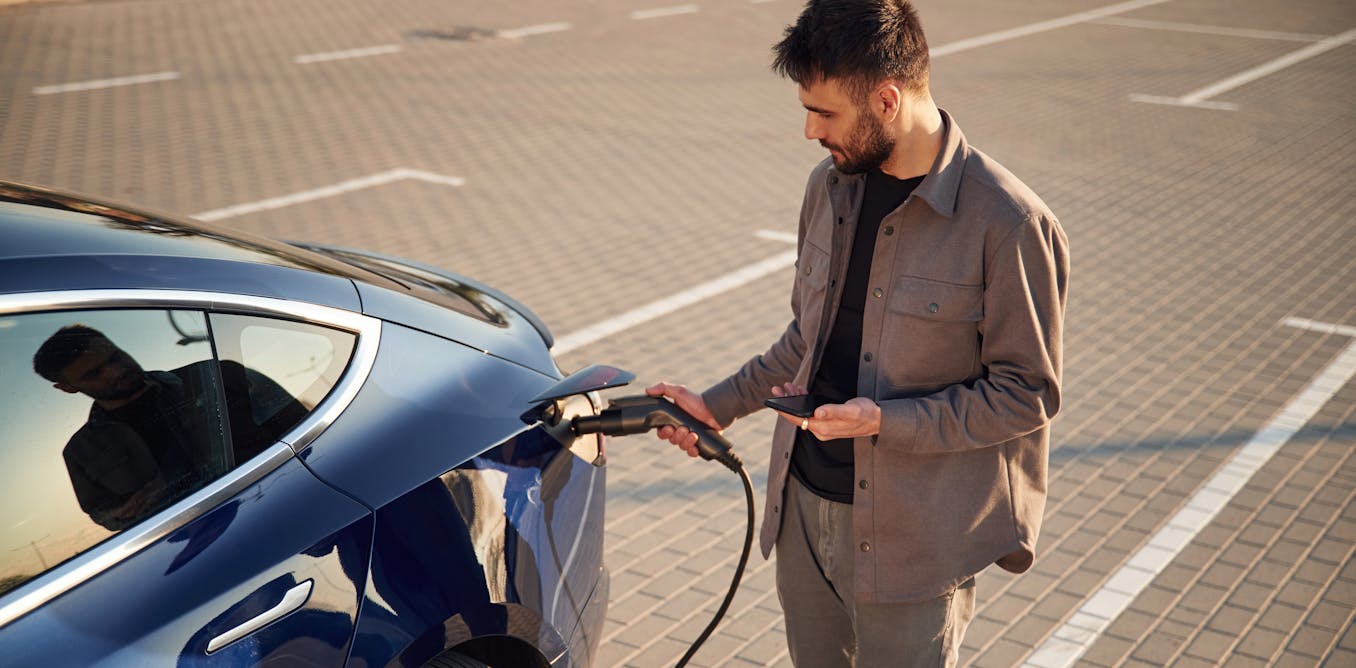
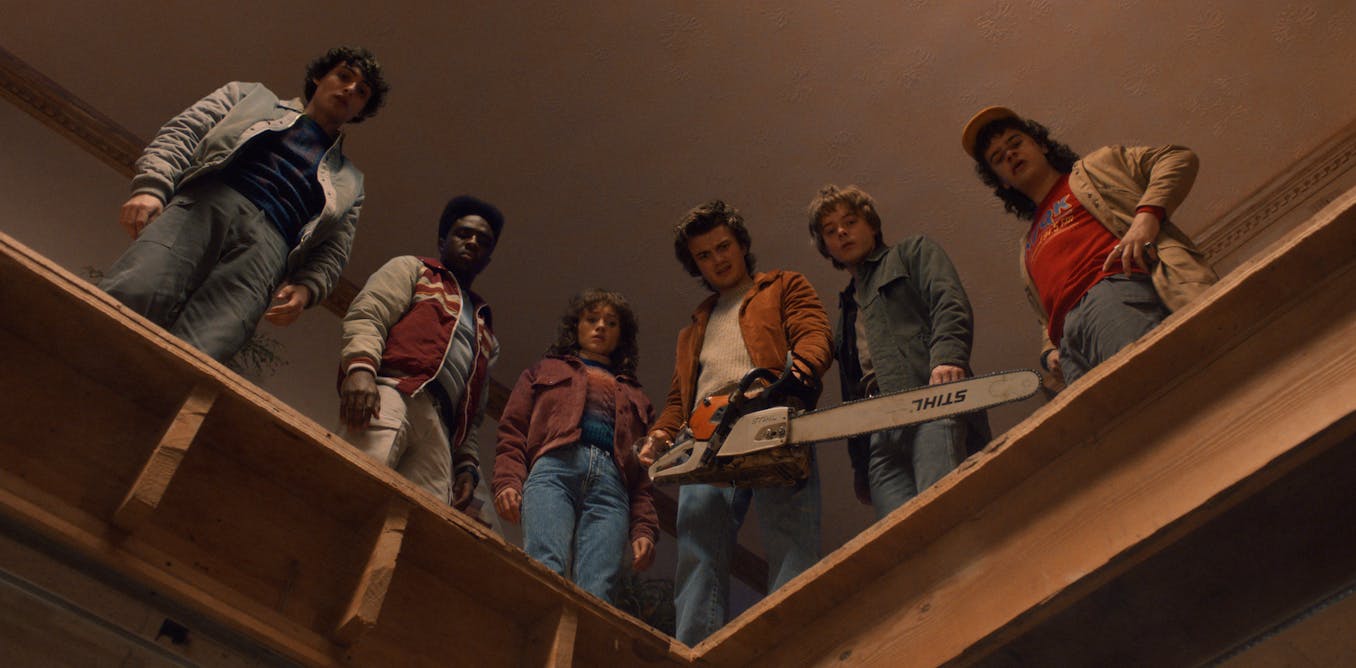
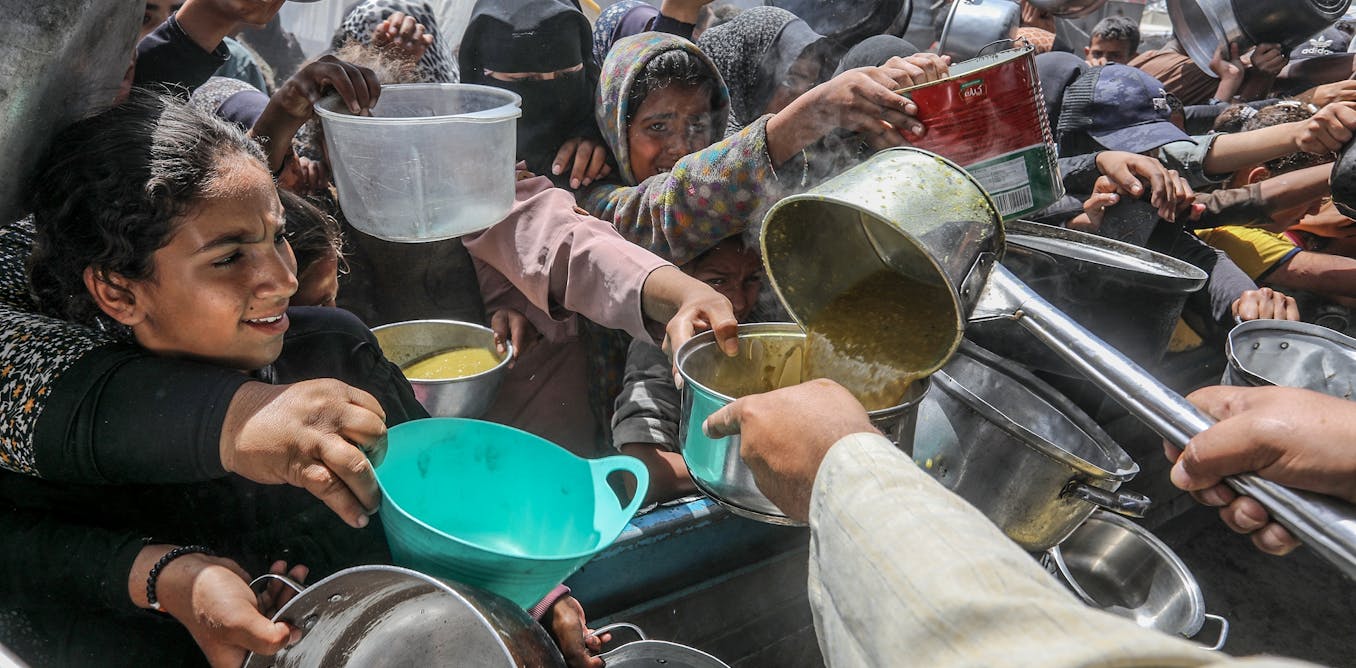

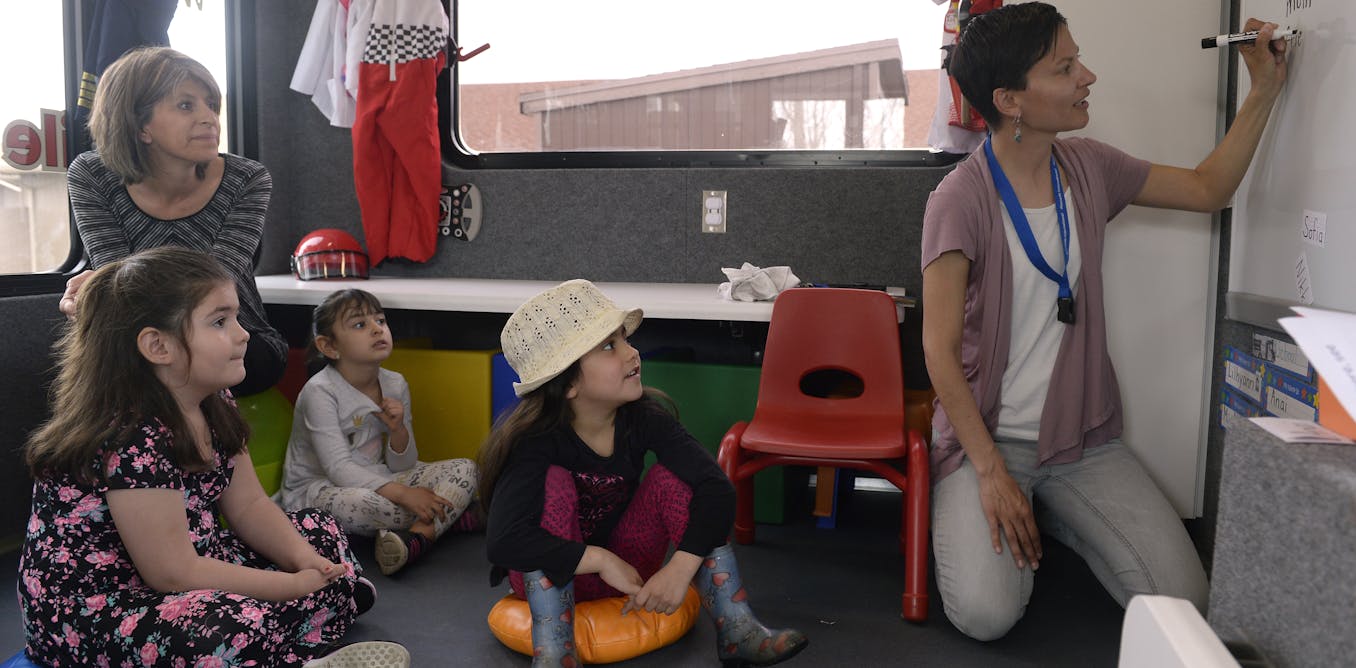
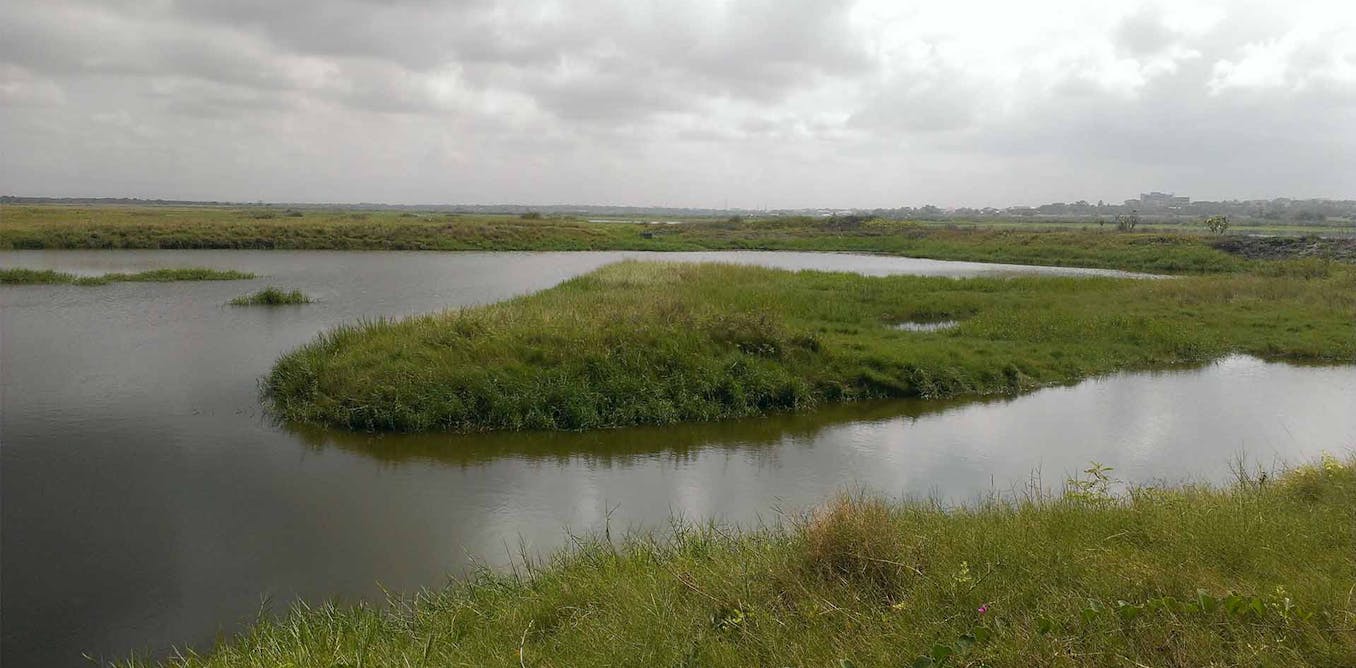
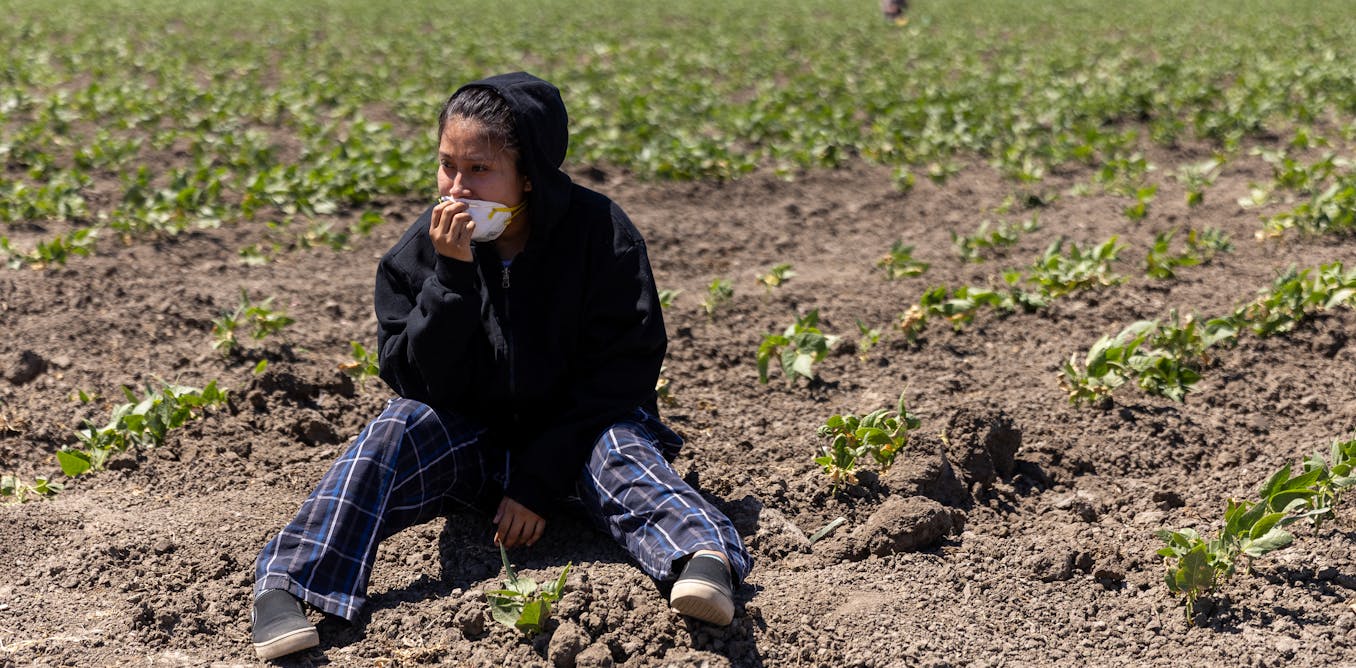

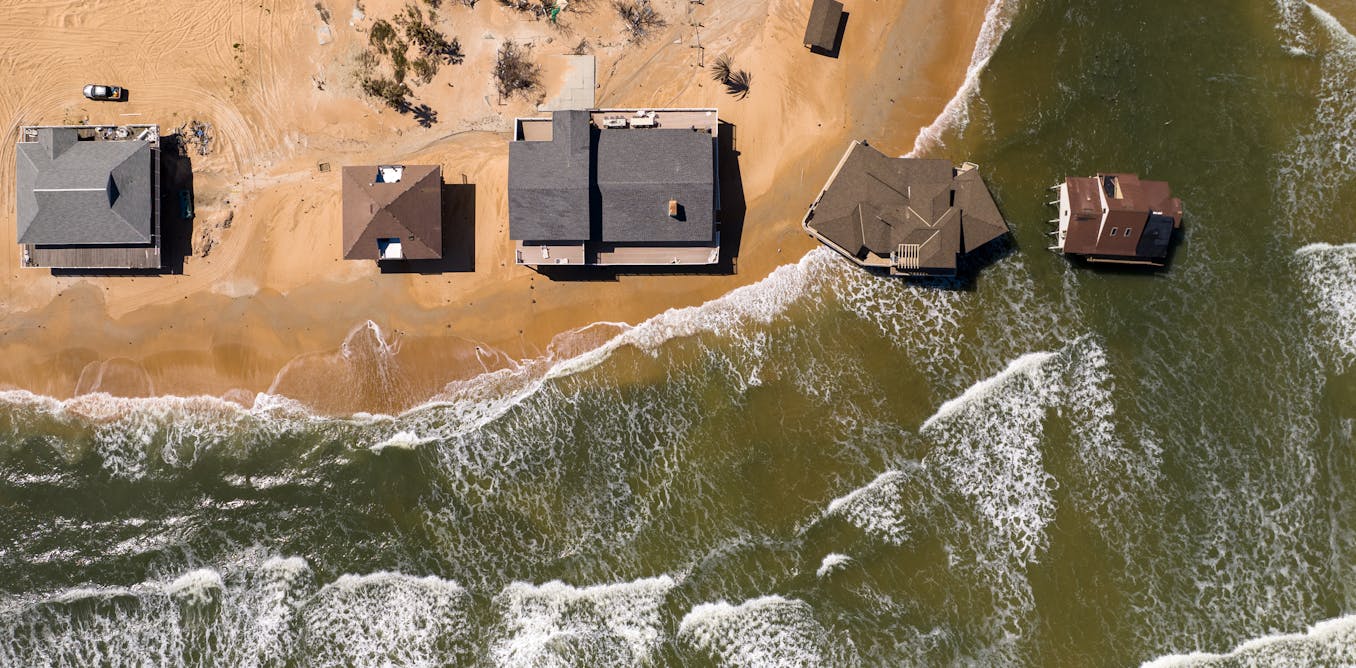
























Leave a Reply